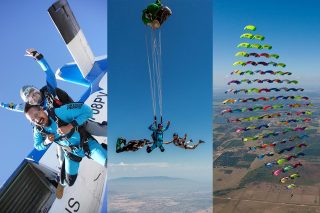Safety Rules
Important DZ Information
Practices & Policies
Skydive Perris is one of the busiest dropzones on the planet! We are capable of sending 23 jumpers up on each of our eight turbine aircraft over 30 times a day – we have the potential to facilitate more than 5,520 individual skydives daily! This lift and operational capacity requires that we strictly adhere to our practices and policies both in the air and on the ground.
Of course, safety is not our job alone! We rely on our guests to comply with our requirements and dropzone rules, and to be responsible and accountable. Please connect with us by phone or email if you have any safety questions.
Safety Rules & Reminders
Our sport carries heavy consequences for the complacent skydiver and everyone around them. But complacency isn’t always the main cause of accidents; oftentimes, it’s ignorance about common DZ practices that plays a major role. Please spend time with our rules and reminders, and let us know if you have questions or need clarification.
-
Safety is everyone’s responsibility.
-
Don’t ever get complacent.
-
Perform a gear check before every jump.
-
Always approach the plane from the rear.
-
Review your emergency procedures before every jump.
-
Perform handle checks before preparing to exit.
-
Be aware of everyone around you at break off.
-
Be mentally prepared for malfunctions; be ready to perform emergency procedures.
-
Know which way is North, South, East, and West on every jump.
-
Keep your head on a swivel; look for other canopies during your entire canopy flight.
-
Must have a minimum of 200 jumps before jumping a camera of any kind. (Includes a GoPro or similar action camera.)
Loading & Exiting
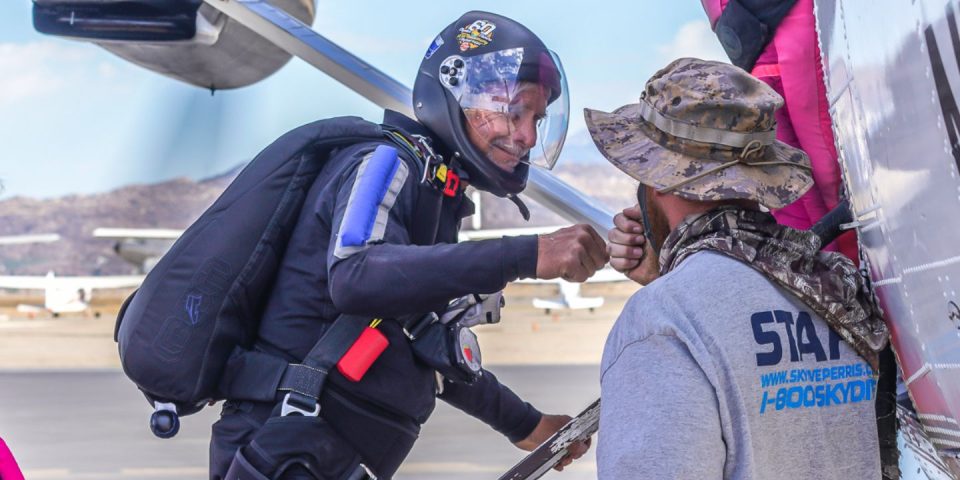
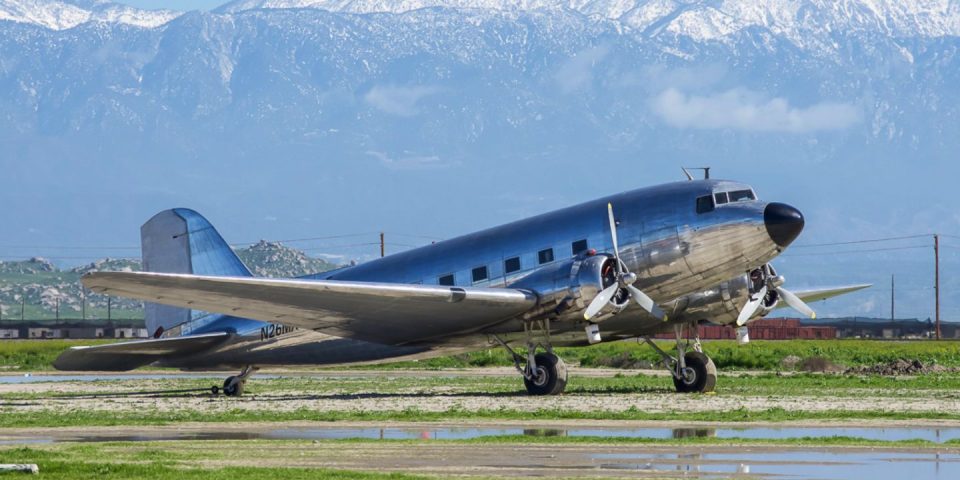
In The Aircraft
-
Seatbelts and helmets must be worn until 1,500 feet/450 meters, even while ground taxiing.
-
The aircraft door must stay closed until 1,500 feet/450 meters, even while ground taxiing.
-
On red light, open the door and check for traffic.
-
On green light, climb out and exit if safe to do so. Do not exit if the green light is not on.
-
Know exit separation time between groups; count it off while visually confirming adequate horizontal separation.
-
Listen for the pilot’s instructions.
Exit Order (First To Last)
-
Tracking (not tracking suits) OR Angle flying group
-
FS groups biggest to smallest
-
FF groups biggest to smallest
-
Anyone pulling above 4,000 feet/1,200 meters
-
PSP students
-
Tandem students
-
Tracking suits
-
Wingsuits
Note
- A group is defined as one or more people
- Standard pass at 12,500 feet/3,800 meters
- Maximum of 3 tracking/angle groups and 3 Wingsuit and/or Tracking Suit groups allowed per load IF the leaders can guarantee adequate separation
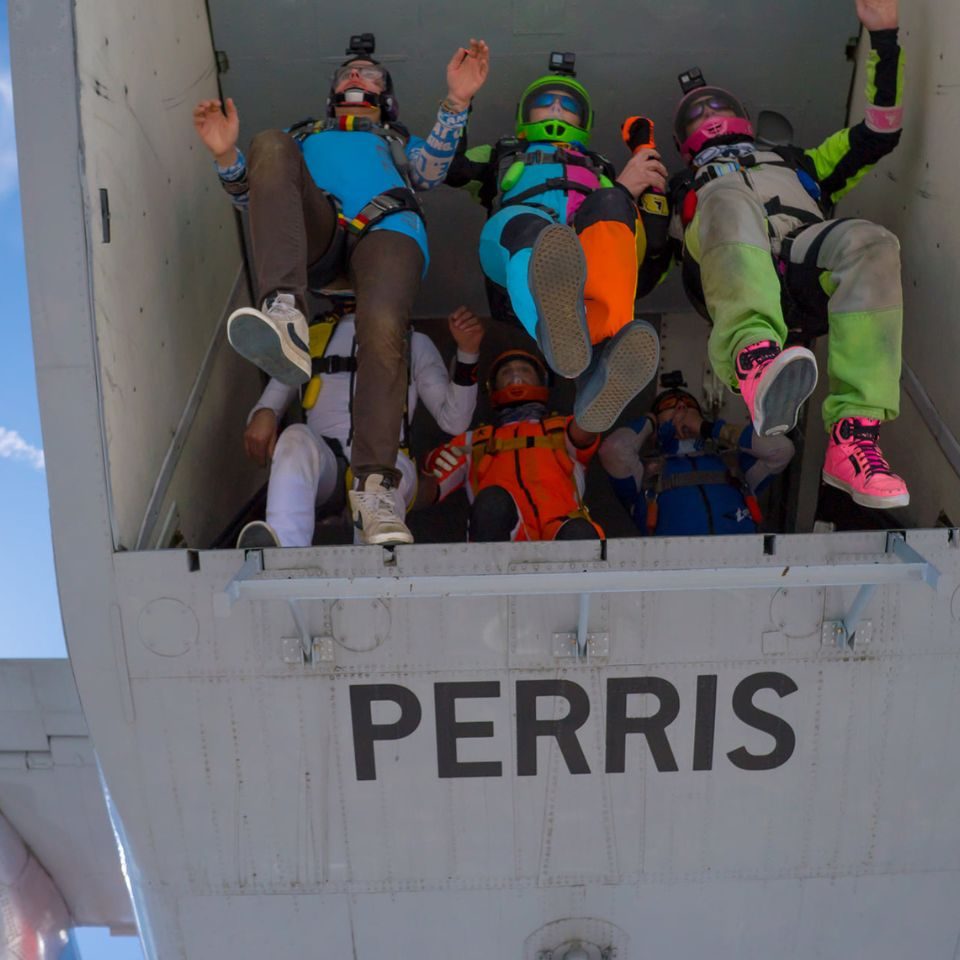
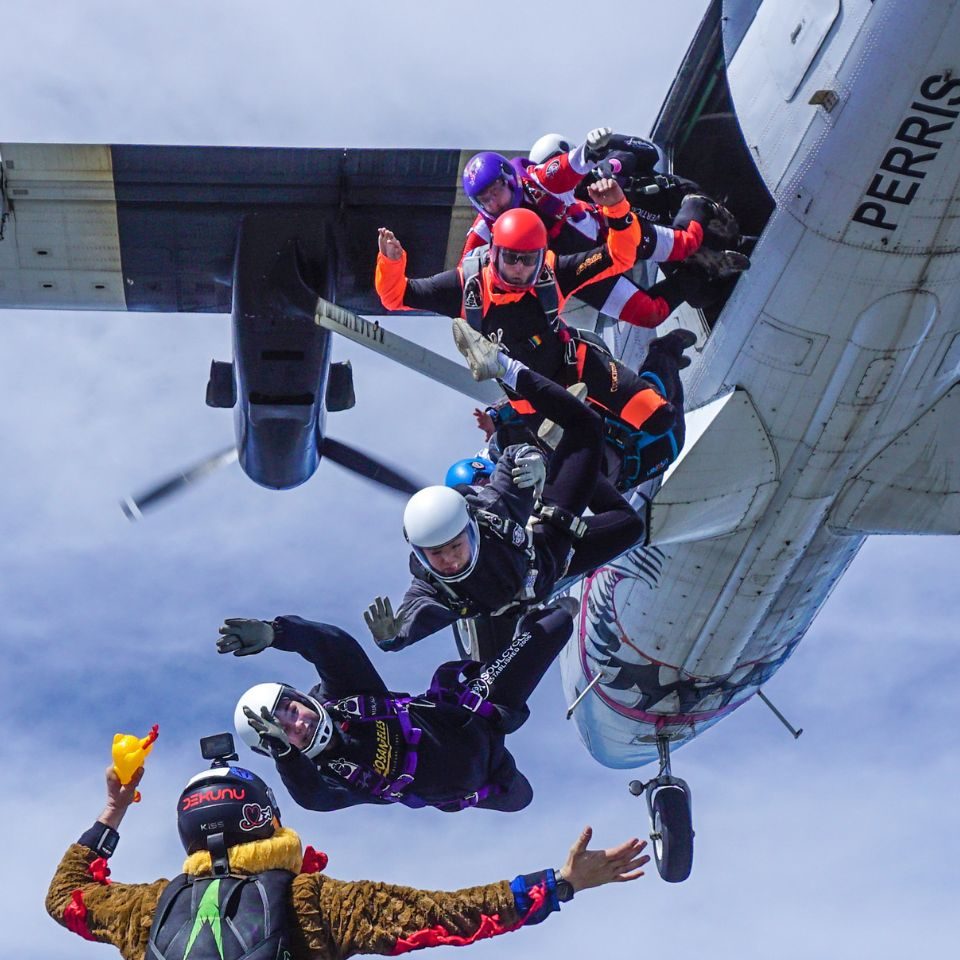
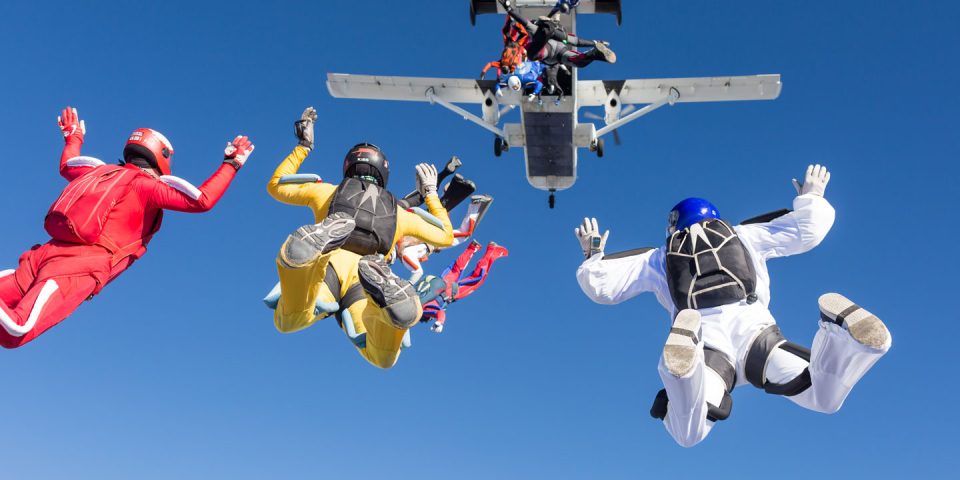
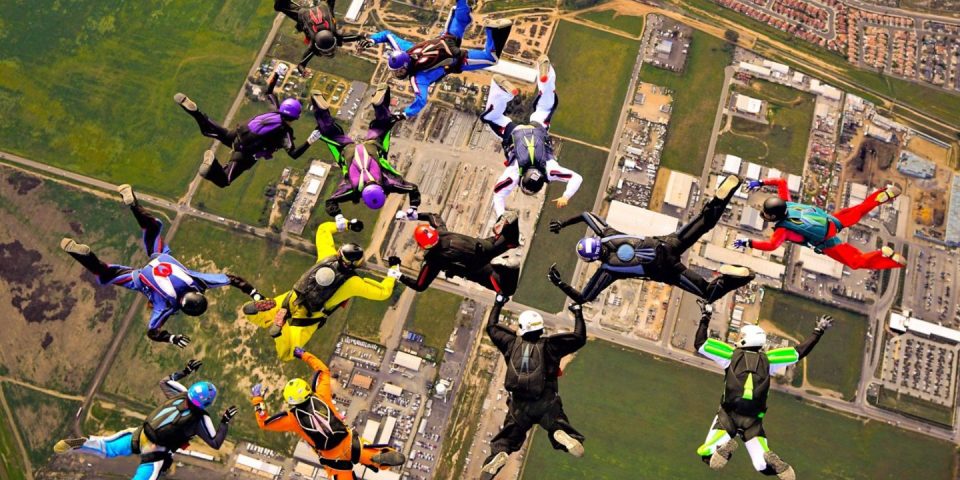
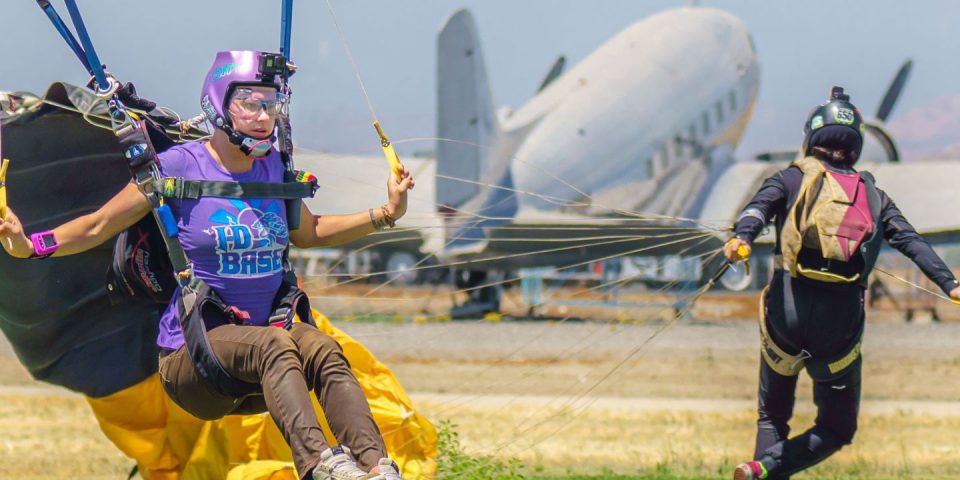
Groups With Passes
-
Hop’n Pops
-
4-Way Teams at 10,500 feet/3,200 meters
-
CRW pass at 11,500 feet/3,500 meters
Do not follow the CRW Dogs out on their pass
Single Passes
-
To maximize efficiency and safety, all groups exit on a single pass unless deemed unsafe. Ample open space and landing areas allow groups to exit safely on a single pass.
-
Know exit separation time between groups; count and visually confirm adequate separation.
-
In light wind, first and last groups may exit as south as Ethanac Road or north as Case Road.
-
Continue exiting on green light if safe to do so.
Do not exit if the green light is not on.
